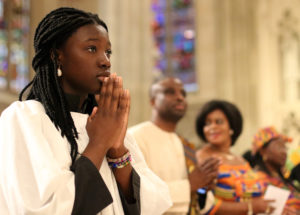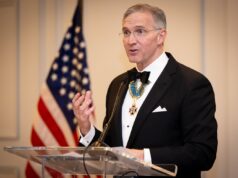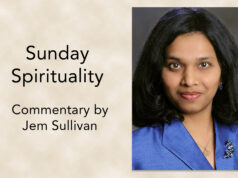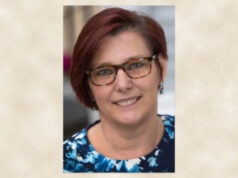
Catholics need to work together to form parish communities where every person, regardless of race, ethnicity or culture, has a place at the eucharistic table.
With countless parishes in the United States seeing a growing number of immigrants, many ministers are unsure of what the best ways to integrate the old and new parishioners are.
How can the church incorporate black spirituality and other gifts in the conduct of its evangelizing mission?
•••
FOOD FOR THOUGHT

A national survey of seminarians scheduled for ordination to the priesthood provided insights into the race/ethnicity and cultural diversity of the soon-to-be ordained men.
The Center for Applied Research in the Apostolate reported that of the 430 potential ordinands, 334 men responded to the survey, including both diocesan and religious ordinands.
Sixty-five percent of respondents identified as Caucasian/European American/white; 20 percent identified as Hispanic/Latino; 11 percent identified as Asian/Pacific Islander/Native Hawaiian; 2 percent identified as African/American-American/black; and 2 percent identified as other (mixed).
The report noted that “the proportion of Hispanic/Latino among dioces(an) ordinands is twice that among religious ordinands (23 percent compared to 10 percent)” while “Asians constitute a higher proportion of ordinands in religious institutes than among diocesan ordinands (18 percent compared to 8 percent).”
Thirty percent of ordinands were born outside of the United States, with Mexico (6 percent), Vietnam (5 percent), Colombia (3 percent), the Philippines (2 percent) and the Dominican Republic (2 percent) as the most common countries of origin.
The survey revealed that on average, foreign-born ordinands moved to the United States 12 years ago, and they came at the age of 23.
To read the other major findings of the survey, visit www.usccb.org/beliefs-and-teachings/vocations/ordination-class/class-of-2018/upload/Ordination-Class-of-2018-FINAL.pdf.









